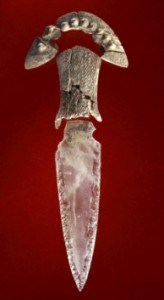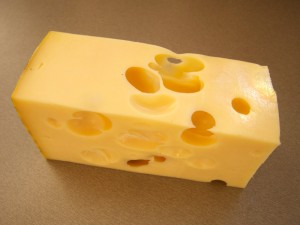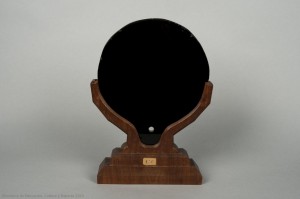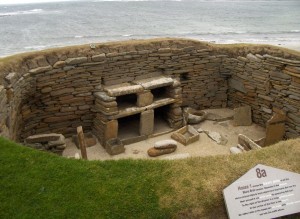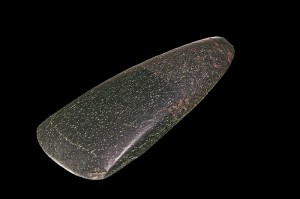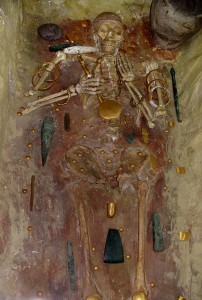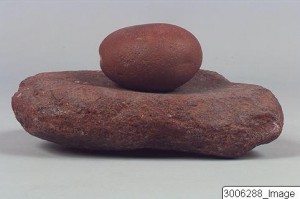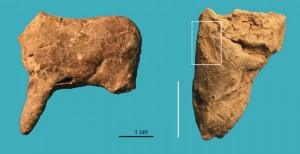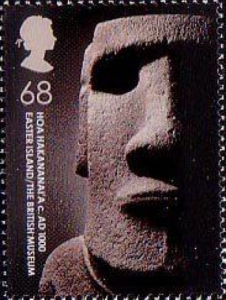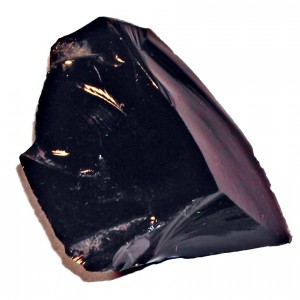
Obsidian Microcore and Mirror – Guest Lecture: Dora Moutsiou
Dora Moutisou talks in this lecture about Obsidian.
This lecture was recorded by the University of Southampton in the Digital Humanities Distributed Laboratory. If you would like to see Dora's slides in more detail, or use the interactive tools for this presentation, visit the recording on the CourseCast website: http://coursecast.soton.ac.
Continue reading →

